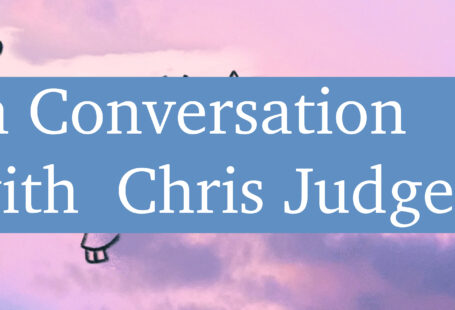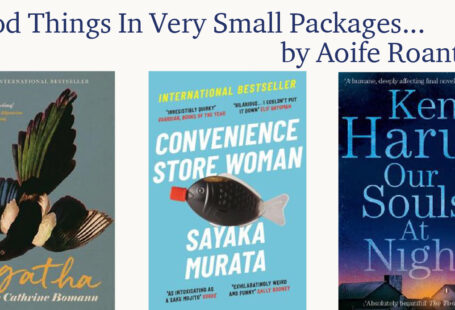
If I had to name just one book that best captured the spirit of the age in which it was written, it would have to be The Great Gatsby, published in 1925 and portraying the parties, the speakeasy cocktails, and all the decadence of the Jazz Age. The reality is that every era has its zeitgeist titles, and at our Rathmines branch we gathered together an exciting list of books which capture the 20th century. Beginning with The Riddle of the Sands by Erskine Childers, published in 1903, and ending with Zadie Smith’s White Teeth in 2000, there is a wealth of books to read, or to re-read if you’ve appreciated some of them the first-time round.
Choosing one author over another to cover an era wasn’t easy. Published in 1940, Arthur Koestler’s Darkness at Noon tells us what it was like to be imprisoned in Stalin’s Russia, but so too does Solzhenitsyn’s One Day in the Life of Ivan Denisovich. For this list, I chose Koestler. Solzhenitsyn’s bleak but inspiring gulag novel was actually published some time after Stalin’s demise so technically not quite a perfect zeitgeist match.
Some books on our list actually faced down the problems in people’s lives and questioned public opinion: ground-breaking novels like The Women’s Room by Marilyn French (1977), Generation X by Douglas Coupland (1991) and Fear of Flying by the outrageous Erica Jong (1973). No awkward decisions here, these books earned their place on our list as perfect zeitgeist examples.
It was hard to leave out so many splendid examples of zeitgeist literature – lack of space alone curbed my enthusiasm. When it came to the cut, we couldn’t quite make space for Bridget Jones’s Diary by Helen Fielding (1996). The same is true for Marian Keyes’s wicked look at Ireland during the boom, Sushi for Beginners, published on the cusp of the 21st century.
I am sure that many reading this blog might have chosen differently – what would your pick be?






Recent Comments